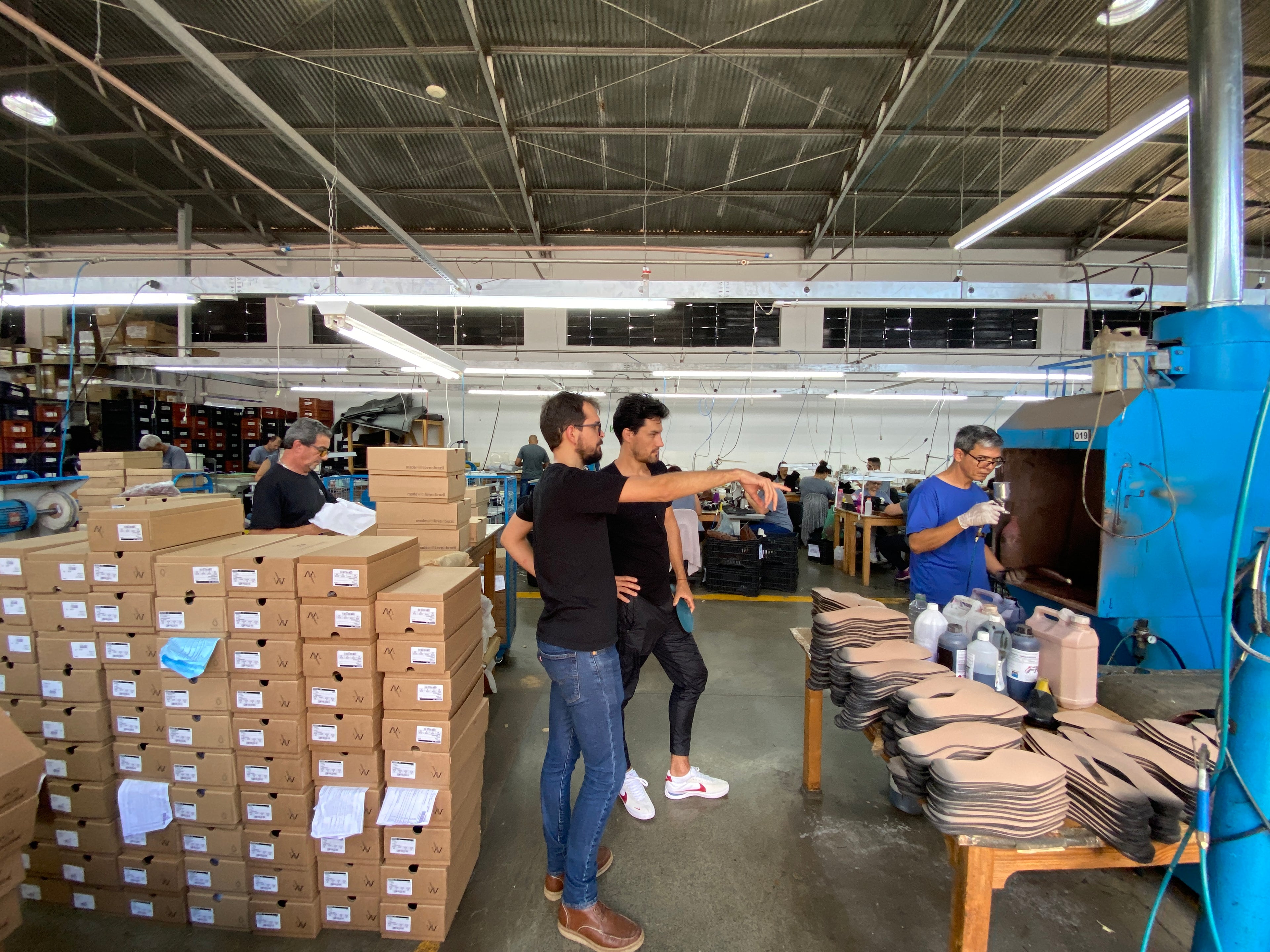Chapter 4: Next Generation Materials
Next Generation Materials are at the forefront of a revolutionary shift in the fashion industry. They exist as a response to the imperative need for sustainable alternatives that minimize environmental impact without compromising on quality or style. These materials represent a paradigm shift in the way we conceive, produce, and utilize resources in fashion, aiming to mitigate the ecological footprint of clothing and accessories.
Next-gen materials are animal-free and environmentally preferable direct replacements for conventional animal-based leather, synthetic plastic leather, silk, fur, down, wool, and exotic skins. Next-gen materials use a variety of biomimicry approaches to replicate the aesthetics and performance of their animal-based counterparts. Biomimicry, often referred to as nature-inspired design, is an innovative approach that draws inspiration from nature's solutions to address human challenges and design problems. The term is derived from "bio" (life) and "mimesis" (to imitate). Biomimicry involves studying and emulating natural systems, processes, and structures to create sustainable, efficient, and innovative solutions.
In biomimicry, designers, engineers, and scientists observe and analyze the strategies employed by living organisms in their environments. They seek to understand the principles behind nature's designs and then apply these insights to human-made designs, technologies, and systems.
Biomimicry is not limited to imitating specific organisms but extends to understanding the underlying principles of sustainability, adaptability, and efficiency found in nature. The goal is to create technologies and designs that are not only functional but also harmonious with the environment, promoting a more sustainable and resilient future.
4.1 Pioneering Sustainable Innovations in Fashion
These innovative next-gen materials are designed with sustainability at their core, leveraging advanced technology and scientific breakthroughs to offer eco-conscious alternatives to traditional fabrics and components. They address various environmental concerns prevalent in conventional materials, such as excessive resource consumption, pollution, and non-biodegradability.
Recycled Fabrics: Materials derived from recycled sources like plastic bottles, discarded fishing nets, or post-consumer textiles. These fabrics help reduce waste by giving a new life to materials that would otherwise end up in landfills or oceans.
Plant-Based Textiles: Fabrics made from renewable plant sources such as organic cotton, hemp, bamboo, and soy fibers. These materials require less water and fewer pesticides in their cultivation, offering a more sustainable alternative to conventional cotton or synthetic fabrics.
Lab-Grown or Bio Fabricated Materials: These materials are developed using innovative techniques like lab-grown leather (cultivated from cells in a lab environment) or mushroom-based leather substitutes. They mimic the qualities of traditional materials while significantly reducing the environmental impact associated with animal agriculture and tanning processes.
Biodegradable Polymers: Biodegradable alternatives to traditional synthetic fibers, such as bioplastics derived from renewable sources like corn starch or algae. These materials break down naturally, reducing the persistence of synthetic microfibers in the environment.
The emergence of these Next Generation Materials represents a pivotal moment in the fashion industry's evolution, offering a pathway to a more sustainable and circular economy. They embody the fusion of innovation, sustainability, and creativity, demonstrating that fashion can thrive without compromising the health of our planet.
Beyond what has already been mentioned (mushroom, pineapple, cactus), here are some more of the leading innovations in plant-based materials alternatives to traditional leather and synthetic fabrics that are healthier for the planet:
Uncaged Innovations is a biomaterials company combining the power of nature and technology to reimagine leather. This biomaterials startup founded in 2020, is redefining the use of leather in consumer and automotive goods. Their unique technology platform enables them to fuse biodegradable elements that each provide unique characteristics, such as texture, strength, flexibility, water resistance, color, and fragrance.
VEGATEX® creates sustainable leather alternatives by upcycling natural plant-based waste left over from the beverage industry. Currently, their product line includes AppleSkin™ and LemonSkin™, which are upcycled by-products of apples and lemons from the beverage industry, and BarleySkin™ made from brewer’s spent grains in collaboration with Budweiser.
VEGEA® is a biomaterials company that has developed a namesake plant-based alternative to animal leather sourced from and repurposing the agricultural waste of Italian wineries. Their innovative material is a grape-based vegan alternative to animal leather, sourced from the agricultural waste of wineries in Northern Italy. Crafted with repurposed grape waste; the pulp, seeds, skin and stems from wineries, creating a luxurious cruelty-free alternative to animal leather without engaging in the impactful practices of traditional animal leather production. As we know, conventional synthetic materials are often fossil fuel-based and release harmful, toxic chemicals into the atmosphere during production. By using waste from the winery industry as a material source – known as industrial symbiosis – they are reducing our reliance on virgin synthetics.
Corn Leather utilizes fibers from corn waste, mimicking leather's texture and durability. It's produced from renewable resources and agricultural by-products, reducing reliance on petroleum-based materials.


